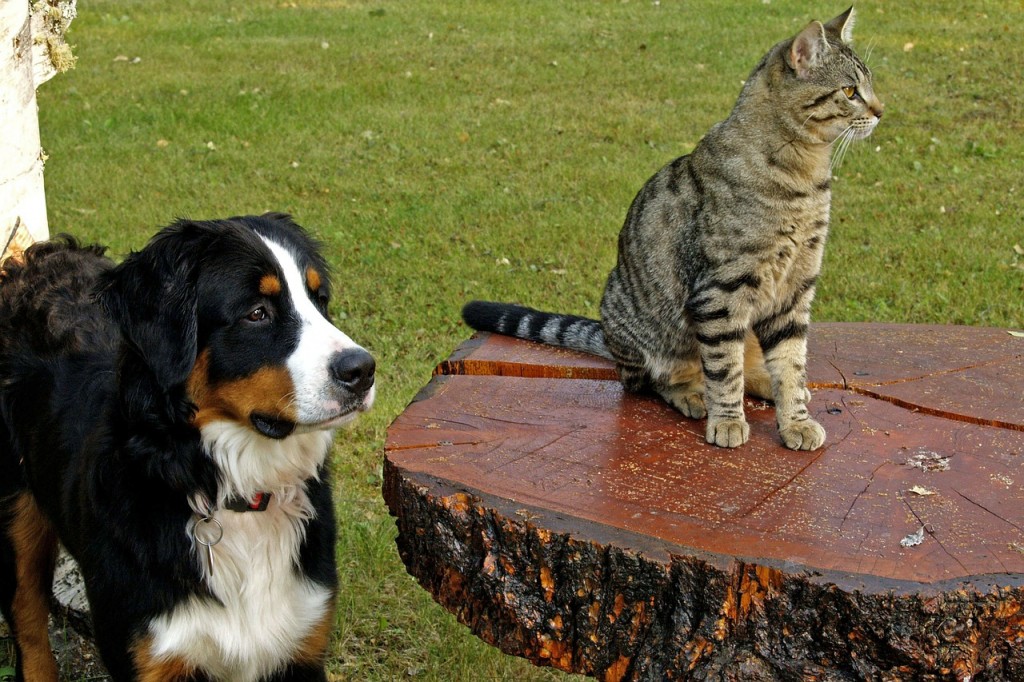You probably did not know this, but last week was Pet Theft Awareness week; which is funny considering apparently no one was aware of it. Despite its lack of publicity, we feel that all pet owners should be well aware that pet theft does happen, and by no means is it an uncommon occurrence. Statistics suggest that around 2,000,000 dogs are stolen each year in the USA, and even though the average number of pet thefts reported in the UK is only around 4,000, it's clear that it is still a very big issue.

Pets that are stolen tend to be sold to laboratories that use them for testing new products, which is why preventing pet theft is an important part of pet ownership and it is essential that you take every precaution. There are lots of things you can do to prevent pet theft and most of them are incredibly simple and easy to do, however the most helpful thing you can do is spread awareness of pet theft and ensure that your neighbours and loved ones know that it is something they should keep an eye out for.
Apart from spreading awareness, the following things should help you to ensure your beloved pets are safe and will not fall victim to petnappers:
- Don't leave your pet tied up outside shops for any prolonged period of time, and if you have to leave them outside make sure that their lead cannot easily slide up over the top of the post.
- For health reasons, you should never really leave your pet locked up in a car; but another reason why you should think twice about doing so is that it is easy for pet thieves to break into your car and whisk them away. A pet locked in a car is a sitting duck.
- Make sure that your pet has a collar with an ID tag and your contact details on, so that it is not confused for a stray. We recommend that you never include your pet's name on their ID tag.
- Regularly take photos of your pet from various angles (for missing posters) and focus on any distinguishing marks or characteristics. It's also a good idea to take photos of yourself with your pet to prove that they are yours.
- Never rely on strangers to care for your pet whilst you are away, always use a reputable kennel or pet boarding house.
- It may be a hassle, but try to vary the time at which you take your dog for a walk and alternate the routes you take. Some dognappers will try to steal your pet when they know they are out of the home, and regimented behaviour makes it a lot easier for pet thieves to anticipate your movements.
- Even if it's just outside in the garden, never let your pet out of your site.
- Do not let your pet outdoors when you are not at home.
- Keep animals on a lead when you're taking them for a walk.
- Microchip your pet so that you can be identified and contacted if they are found.
- It's ok to let people interact with your pet, but if they start asking too many questions about it (particularly its name and gender) you should start to become suspicious.
Trying to follow these precautions as much as you can should help to prevent your pet from being stolen, but nothing is foolproof and there is always a chance that a particularly cunning pet thief will succeed in stealing your pet. If this should happen you ought to do the following:
- Report the theft immediately. If you are certain your pet has been stolen, and is not just missing, make that very clear to the police.
- Ask your neighbours or anyone else around at the time of the theft if they saw anything, e.g. someone acting suspiciously.
- If you pet has a microchip, report the theft to the microchip database, that way if the pet thief tries to register it as theirs or if your pet is found, you will be notified.
- Put up posters with the most recent pictures of your pet. Include key details and features.
- Spread word of your missing pet to animal shelters and pet owner websites, the more eyes looking the better.
- Inform local vets so that they know to keep an eye peeled.
